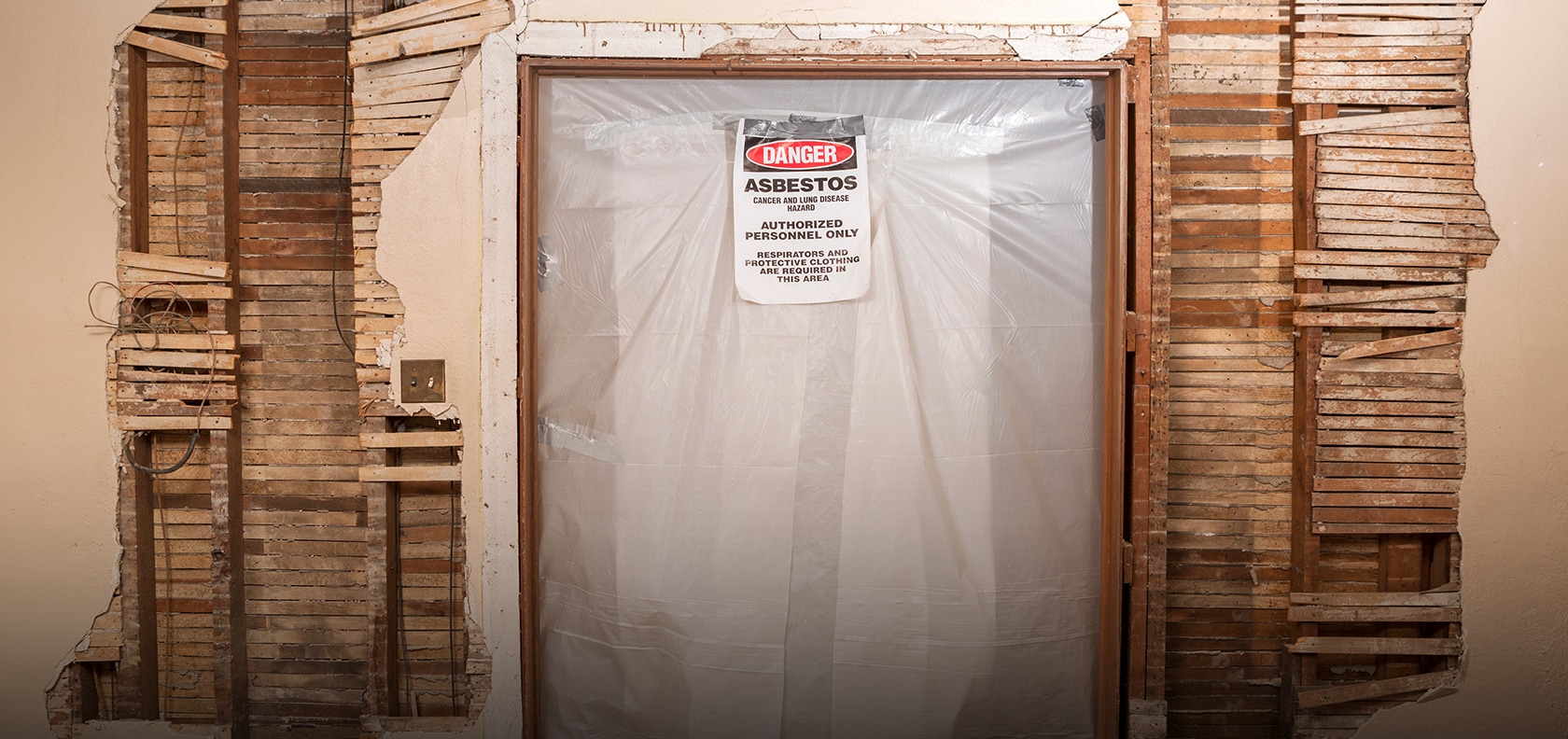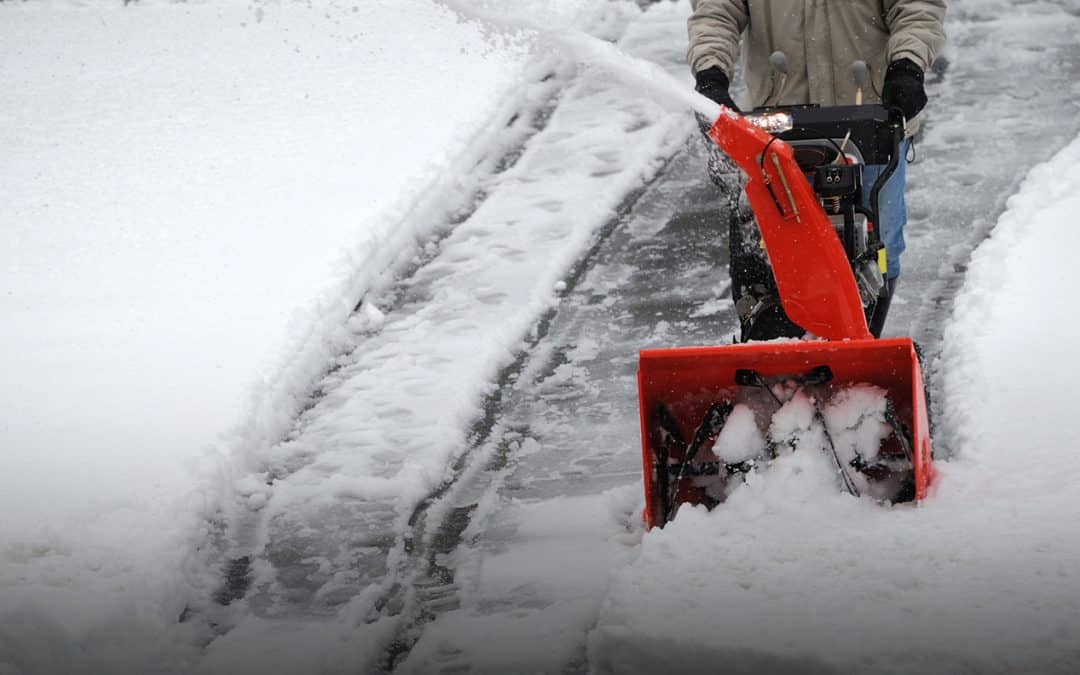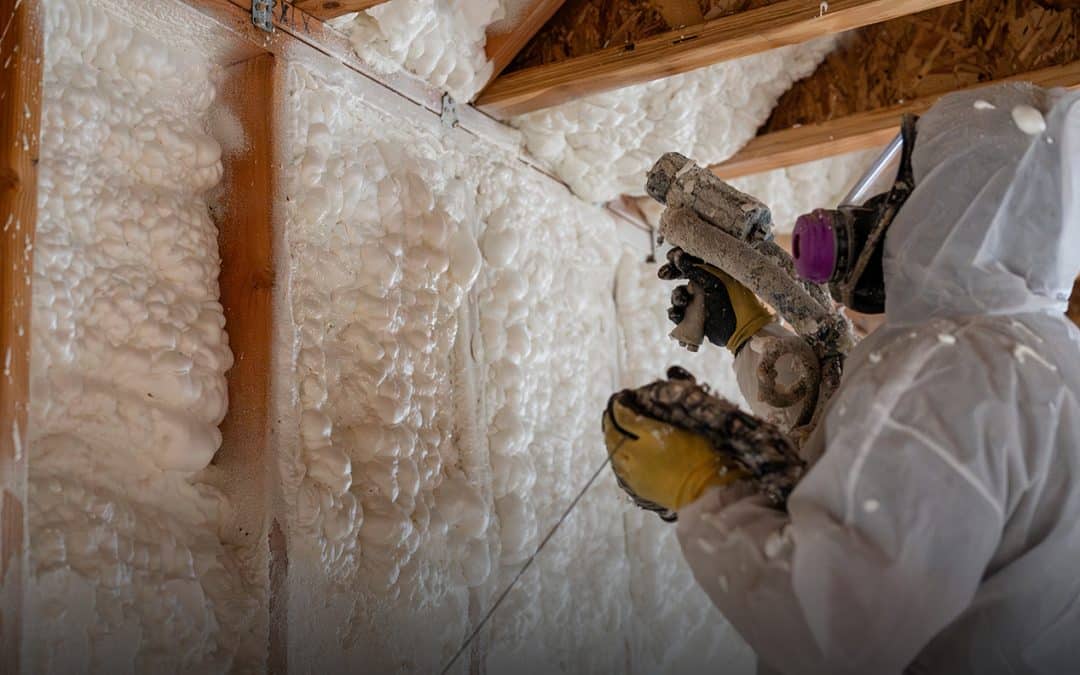Are you thinking of buying a home or selling the one you have? If a contractor built the house before 1970, it may contain asbestos.
According to the Environmental Protection Agency (EPA), asbestos is a mineral fiber found in rock and soil. Because asbestos has fiber strength and is resistant to heat, it may have been used for insulation or as a fire retardant for building construction materials.
Where home asbestos is found
The EPA reports that asbestos may be found in the following of older homes:
- Attic and wall insulation containing vermiculite.
- Vinyl floor tiles and the backing on vinyl sheet flooring.
- Roofing and siding shingles.
- Textured paint and patching compounds used on walls and ceilings.
- Steam pipes, boilers, and furnace ducts insulated or coated with asbestos material or covered with an asbestos blanket or tape.
- Door gaskets in furnaces, wood stoves, and oil and coal stoves.
- Cement sheet, millboard, and paper used as insulation around furnaces and woodburning stoves.
What to do if you discover asbestos
Don’t panic if you think your home has asbestos. Experts say the best thing to do is leave it alone because asbestos fibers are only released when disturbed, usually during home maintenance, repair, or remodeling.
Should asbestos be exposed, do not touch it. Instead, look for tears, abrasions, or water damage in the material you think may contain asbestos. If the materials are disturbed, contact your local health or environmental officials to see how to dispose of the asbestos properly. For licensed asbestos inspectors in your state, visit the EPA’s website.
Once a professional inspector completes a visual examination and collects lab samples, the inspector should be able to provide a written evaluation of the analysis. The review should include the extent of the damage and recommendations for rectifying the situation.
If you hire a contractor to remove asbestos, first and foremost, make sure they are correctly licensed. You should also check to see if they have had any safety violations.
Before the contractor begins work, get a written contract that includes the work plan, cleanup, and local, state, and federal regulations the contractor must adhere to while removing the asbestos.
During the removal, ensure the contractor marks the site they are working on as a hazard area and separates it from the rest of the house. Sealing the area with plastic can mitigate the spread or tracking of asbestos dust into other areas. Another way to avoid the spread is to turn off your air conditioning and heating system.
Health risks from asbestos
If asbestos is in your home and hasn’t been disturbed, it should not be a serious problem. However, if disturbed, asbestos material can release asbestos fibers, which can be inhaled into the lungs, according to the Consumer Product Safety Commission. Inhaling those fibers in large amounts can lead to mesothelioma, lung cancer, and asbestosis, a scarring of the lungs with fibrous tissue.
Does insurance cover asbestos removal?
Because asbestos is classified as a pollutant, most insurance companies do not cover asbestos removal or abatement. While homeowners are responsible for removal costs if asbestos spreads through the home due to a lack of maintenance, they may be covered if asbestos exposure happens after a covered disaster like severe weather or a fire.
If you discover an asbestos issue in your home, hire a professional to inspect it immediately. And if you need help reviewing your property coverage with MAPFRE, contact your independent agent anytime to discuss your options. Not insured with MAPFRE? Get a fast, free online quote and see how much you could save today!



